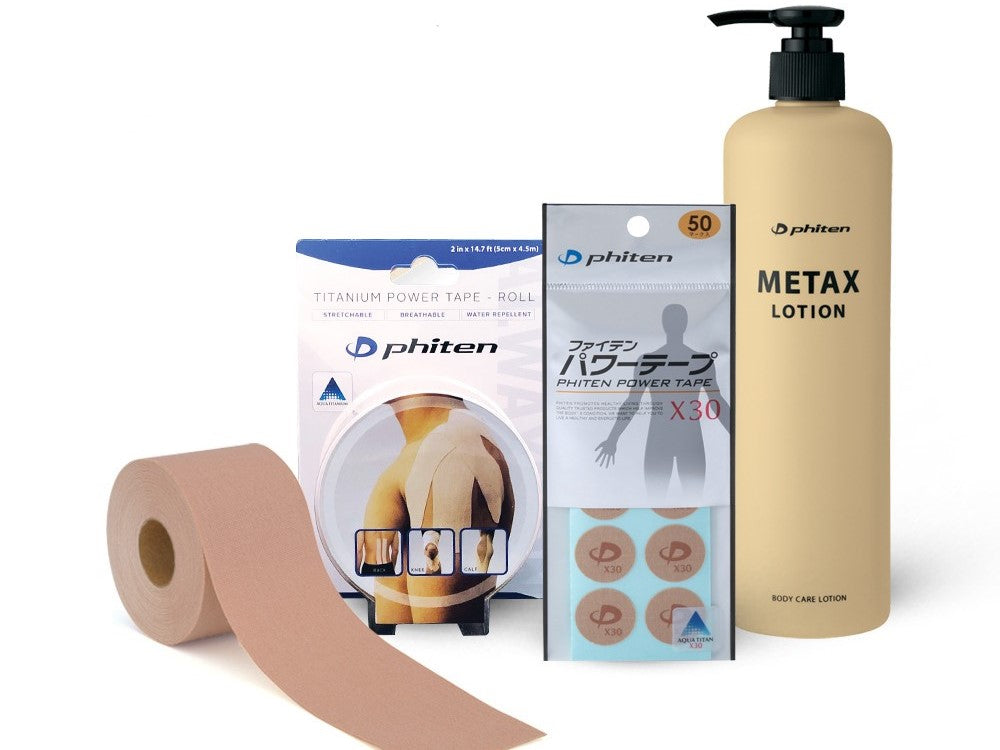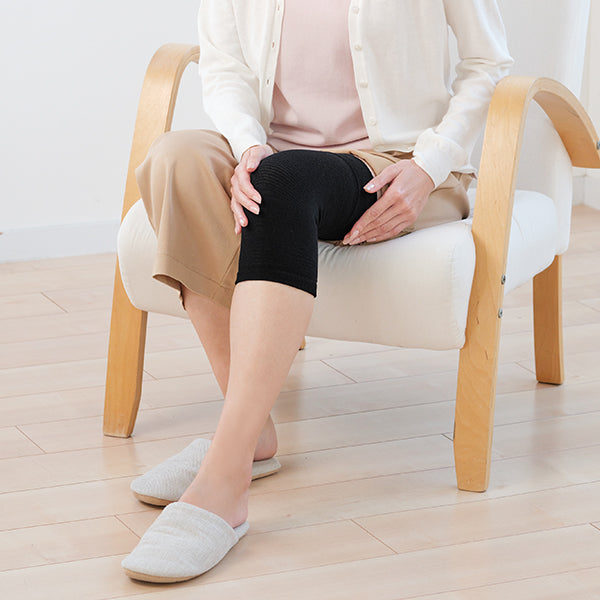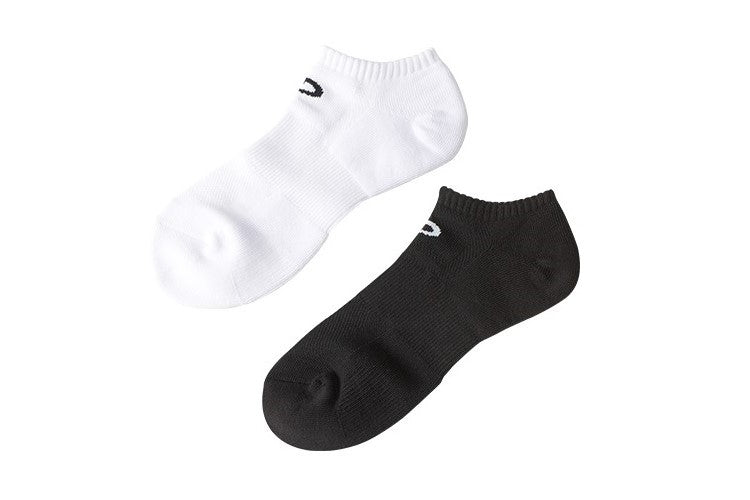EXPLORING LUMBAR SPONDYLOSIS
Did you know that lower back pain is a prime disability-causing ailment worldwide? Today, we spotlight Lumbar Spondylosis, a notable contributor to this issue. Stay tuned as we unfold the series on the primary causes of lower back pain in upcoming editions!
Lumbar Spondylosis – A Key Contributor to Lower Back Pain
Lumbar Spondylosis is often referred to as a natural result of aging, but it's much more than just "wear and tear" of the spine. It's a degenerative disorder that affects the lumbar spine, which is the lower part of our back. Over time, our spinal discs, which act as cushions between our vertebrae, and the joints, which connect these vertebrae, undergo changes. They may thin out, become less flexible, and sometimes even form bone spurs or have thickened ligaments. This, in turn, can exert pressure on the nerves nearby.
Now, you might think, "Oh, this is an elderly person's problem." It's a common misconception. While aging is undeniably a factor, even younger folks can be affected. Imagine someone who's had a significant back injury in their youth or someone who's genetically predisposed to spinal issues. They too can experience the tell-tale symptoms of Lumbar Spondylosis – the aches, the stiffness, and the discomfort.
Our spine is a complex system, and understanding Lumbar Spondylosis is crucial for maintaining its health.

Causes
1. Aging: The natural aging process contributes to the deterioration of the spine.
2. Excessive Strain: Engaging in heavy labor or intensive sports activities over the years can hasten spinal degeneration.
3. Overweight: Carrying excess body weight puts additional stress on the lower back.
4. Past Injuries: Past traumas or injuries to the spine can contribute to degenerative changes later in life.
5. Genetic Factors: A family history of Lumbar Spondylosis can increase the risk.
Symptom Checklist
□ Pain and stiffness in the lower back: Often aggravated after prolonged standing or walking
□ Numbness or tingling in the buttocks or legs.
□ Pain and stiffness in the lower back: Often aggravated after prolonged standing or walking
□ Relief of pain upon resting.
Remember, this checklist is not exhaustive, and experiencing these symptoms is a cue to seek medical advice.
People at Risk – Be Aware!
1. Those Sitting for Extended Periods: Individuals with sedentary jobs, such as office workers and drivers, experience more stress on the lower back.
2. Those Frequently Lifting Heavy Objects: Manual laborers and athletes are subject to additional strain.
3. Those with Genetic Predisposition: A family history of Lumbar Spondylosis puts one at heightened risk.
4. Aging Population: Especially those above 50 face increased susceptibility due to the natural aging process.
Prevention and Management
To mitigate the progression of Lumbar Spondylosis, consider the following strategies:
- Regularly engage in moderate exercise to improve muscle strength and flexibility.
- Maintain good posture to lessen the stress on your lower back.
- Keep a healthy body weight.
- Utilize ergonomic furniture and equipment.
Early intervention and appropriate measures are crucial in managing Lumbar Spondylosis. If you’re experiencing symptoms, we strongly recommend seeking professional advice promptly.
Wishing all our readers good health! Stay tuned for more valuable health insights in our upcoming issues!
Disclaimer:
Please note that the information provided in this newsletter is for educational purposes only. It is not intended as a substitute for professional medical advice, diagnosis, or treatment. Always seek the advice of your physician or other qualified health providers with any questions you may have regarding a medical condition.
These statements have not been evaluated by the FDA. This product is not intended to diagnose, treat, cure or prevent any disease. Individual results may vary significantly. Not all users will experience the intended benefits of Phiten products, and individuals must try for themselves to see whether it works for them.







